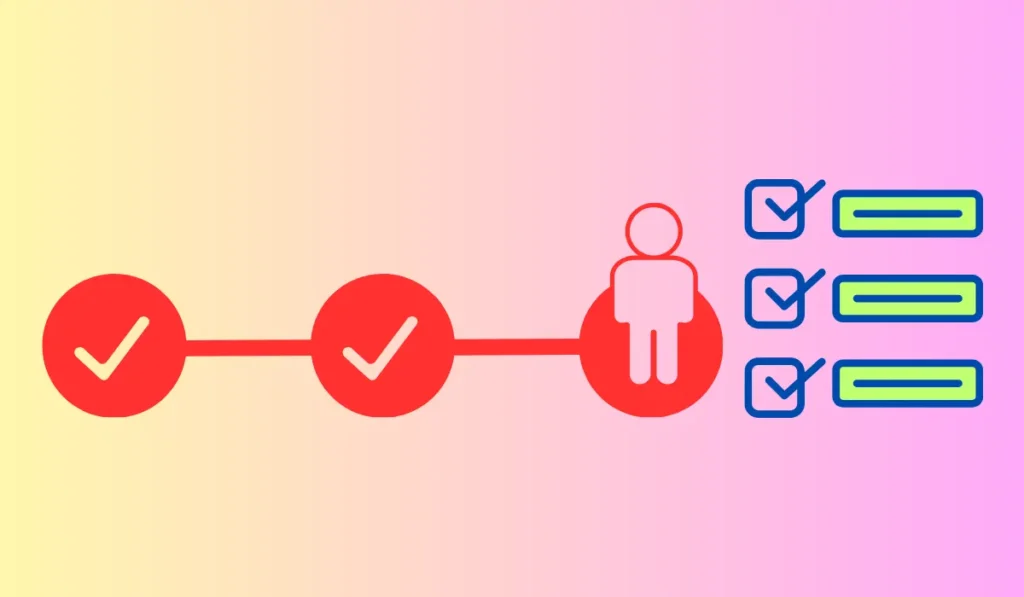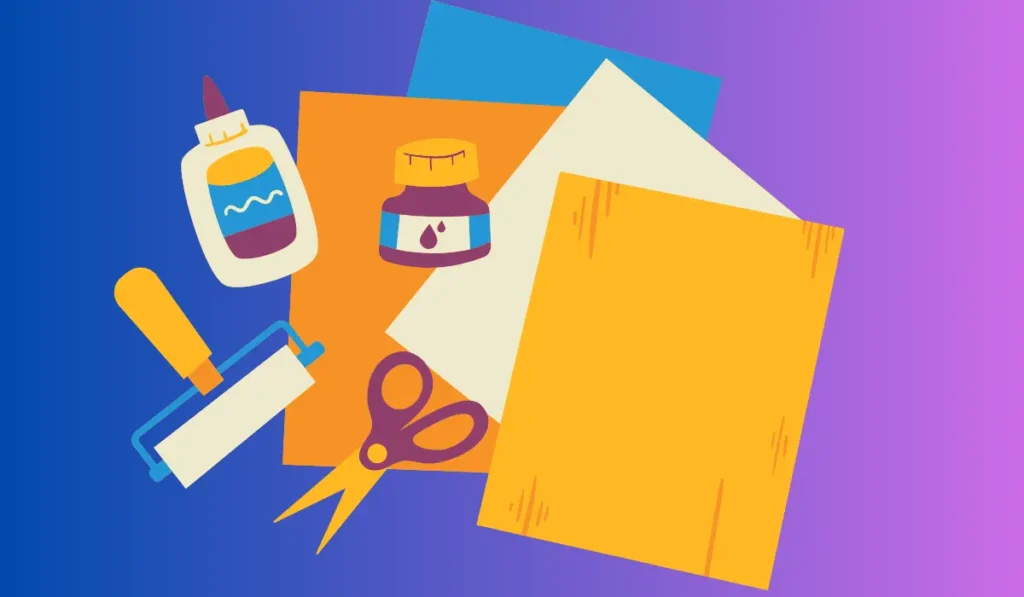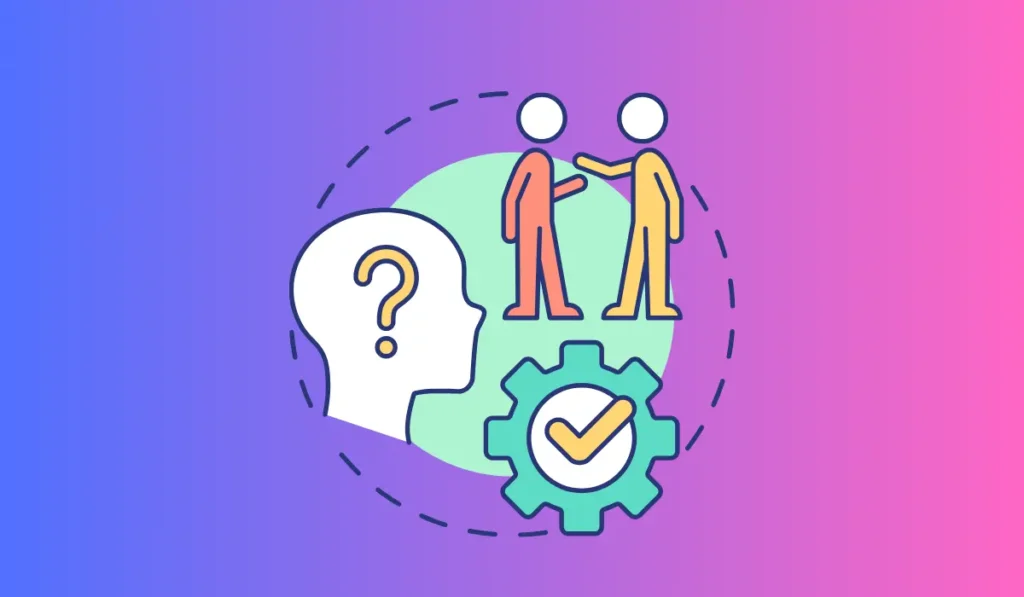Effective teaching criteria involve creating a learning environment conducive to students’ growth, implementing engaging instruction, providing prompt feedback, and fostering positive relationships.
With countless studies emphasizing the impact of a teacher’s influence, it is essential to understand what is needed for a teacher to provide quality instruction and foster a supportive learning environment.
This article will delve into each criterion in detail and offer practical tips to help educators achieve excellence in their teaching practice.
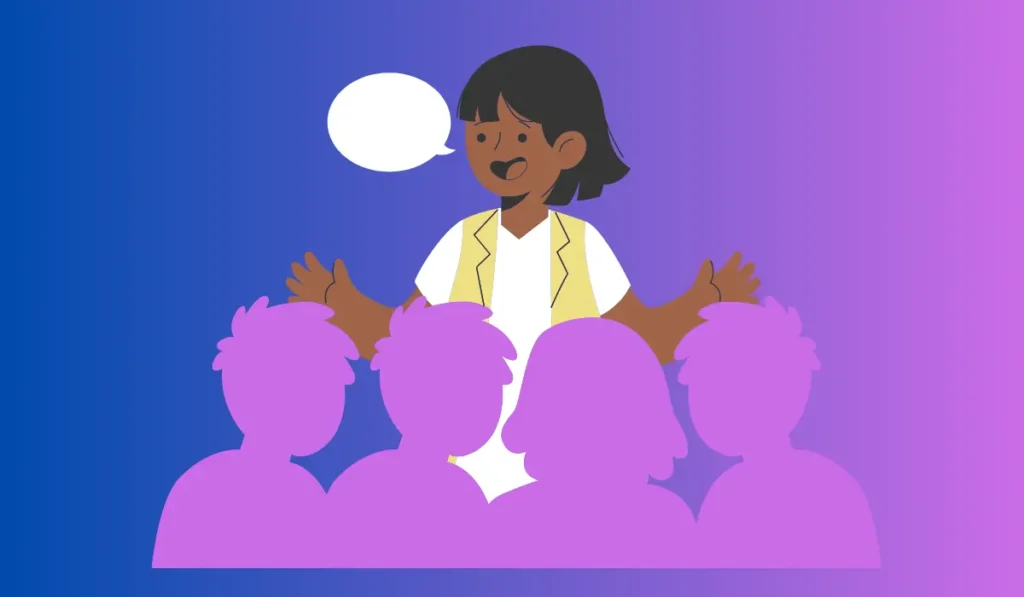
What Effective Teaching Looks Like
Effective teaching is not just about presenting information to students, but it also requires a deep understanding of learning processes and how students best absorb the content.
An effective teacher cultivates an engaging and interactive learning environment, irrespective of the type of content they teach.
Below are the characteristics of effective teaching:
- A teacher should be knowledgeable and subject matter expert in their field.
- The teacher should have a comprehensive understanding of different teaching models and techniques.
- An effective teacher should seek to understand their students’ goals and motivations.
Teaching With Purpose And Intention
Effective teaching requires purpose and intention in developing lesson plans. The teacher should have a clear vision of what they want their students to learn and how they plan to teach it.
Planning with purpose and intention means the teacher will have clear learning outcomes and measurable goals for each lesson.
Effective teaching should involve frequent feedback and should be content-specific.
Here are some other key points about teaching with purpose and intention:
- Teachers should be able to adapt to different learning styles.
- Teachers should be able to assess their students’ understanding of the materials.
- Teachers should use different modes of communication, depending on the subject and the student’s level of comprehension.
Incorporating Various Teaching Methods
The ability to incorporate different teaching models is a key hallmark of effective teaching. Teachers should be willing to experiment with new teaching approaches that better suit their students’ learning styles.
Some of the most effective teaching methods include:
- Collaborative learning.
- Case-based learning.
- Hands-on learning.
- Audio and visual aids.
Creating Engaging And Interactive Lessons
Engaging and interactive lessons are the hallmarks of effective teaching. Students are more likely to engage with the materials if the lesson is fun, informative, and relevant to their lives. To create interactive lessons, teachers need to use strategies such as:
- Including real-world examples.
- Encouraging student participation.
- Creating challenging but achievable objectives.
- Using games and other interactive tools.
Continuous Assessment And Improvement
Effective teaching is not static but evolves. Continuous assessment and improvement are necessary for teachers to identify areas of strength and weakness.
The teacher should be willing to embrace feedback from their students and colleagues and use it to tailor their teaching methods.
Ongoing professional development is also an essential aspect of continuous improvement.
Being an effective teacher requires more than just having a deep understanding of a subject. It involves a willingness to try new teaching approaches, adapt to different learning styles, and strive for continuous improvement.
By incorporating these criteria, the teacher can create an engaging and interactive learning environment that enables students to achieve their full potential.
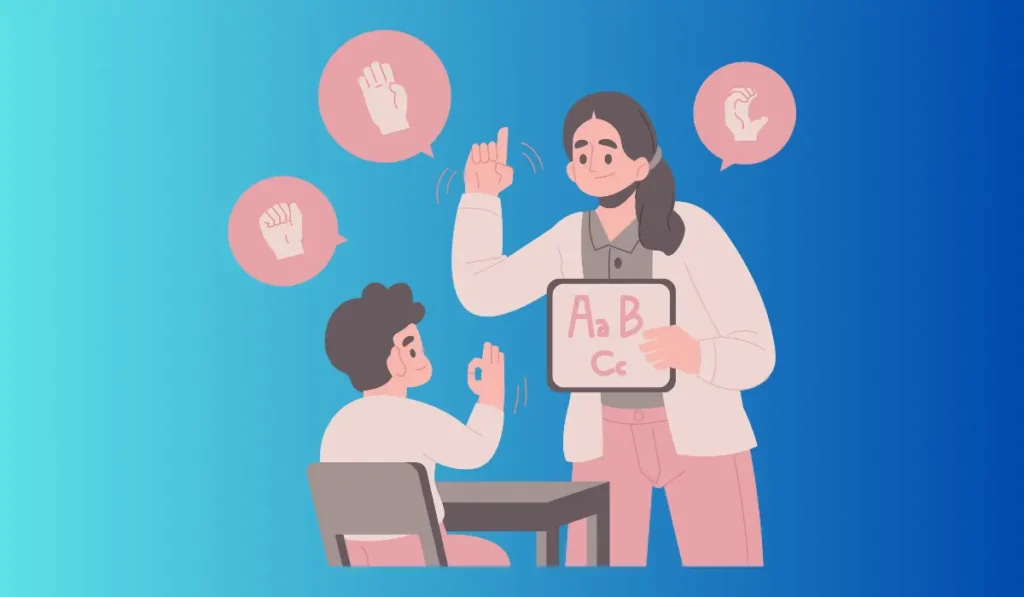
Tips For Mastering The Criteria Of Effective Teaching
Effective teaching should always aim to prioritize student engagement. Here are some key ways to engage your students:
- Incorporate real-life scenarios and hands-on activities
- Create a dynamic learning environment that encourages discussion and debate
- Use visuals and audio aids to support learning
Prioritizing student engagement promotes active participation and better retention of information. It helps students feel more connected to their studies, and it’s essential for their long-term success.
Incorporating Technology In The Classroom
In today’s fast-paced and ever-changing world, incorporating technology in the classroom can help keep students engaged and motivated. Here are some tips:
- Use online quizzes and assessment tools for easy evaluation
- Maximizing students’ learning, by embracing the software that analyzes their performance in quizzes and tests.
- Use presentation software to create dynamic presentations that capture students’ attention
Technology integration in the classroom helps promote critical thinking, collaboration, and innovation. It also provides students with valuable skills they will need beyond the classroom.
A Positive Classroom Environment
A positive classroom environment is essential for effective teaching. Here are some ways you can foster a positive classroom environment:
- Establish clear expectations and boundaries
- Cultivate a sense of respect and openness
- Promote a growth mindset by encouraging effort and improvement over perfection
A positive classroom environment can help students feel safe and supported, which leads to higher engagement and better academic outcomes.
Building Strong Relationships With Students
Building strong relationships with students is another key criterion of effective teaching. Some ways you can do this include:
- Treating each student as an individual
- Consistently showing interest and concern
- Offering extra help when needed
Strong relationships can help students feel valued, empowered, and motivated. They are also essential for creating a positive and productive classroom environment.
Encouraging Student-Led Learning
Encouraging student-led learning is another essential aspect of effective teaching. Here are some ways you can do this:
- Allow space for creativity and independent thought
- Encourage group work and peer-to-peer learning
- Give students the freedom to determine their areas of interest
Student-led learning fosters critical thinking, self-discovery, and empowerment. It helps students take ownership of their education and prepares them to become self-directed and lifelong learners.
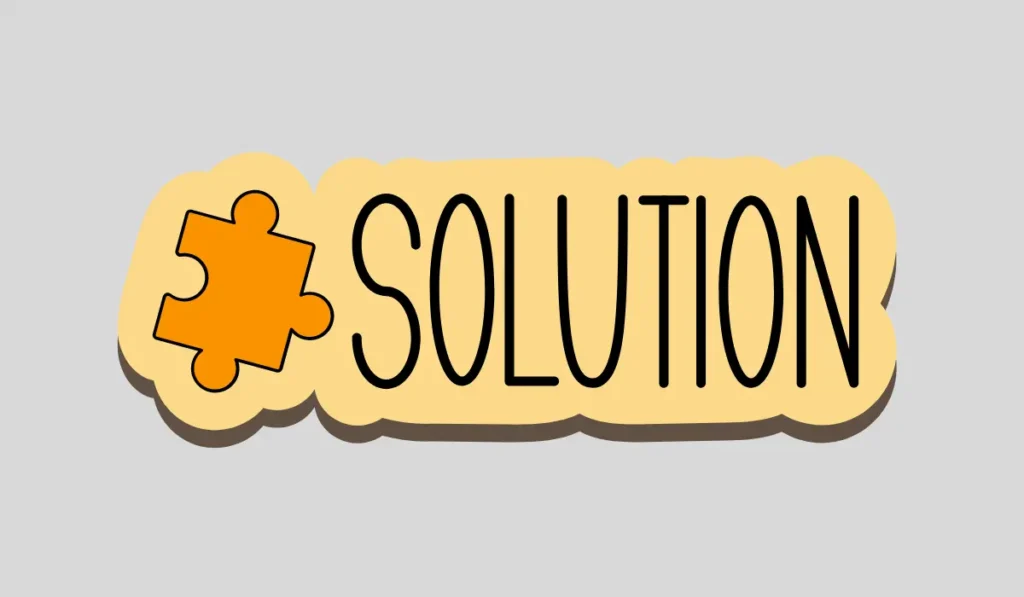
Common Challenges And Solutions To Effective Teaching
While teaching can be an extremely rewarding and fulfilling profession, it can also present a range of challenges for educators. The following are some common issues that teachers face when attempting to provide effective teaching and the suggested solutions to overcome them:
Managing Classroom Behavior
- One of the biggest challenges teachers face is managing the behavior of students, particularly those who may be disruptive or unmotivated.
- Consider using positive reinforcement like verbal praise, tangible rewards, and positive feedback to encourage positive behavior.
- Establish clear rules and routines that are easy to understand and apply consistently.
- Create a calm and structured learning environment that is conducive to learning.
Addressing Individual Learning Needs
- Every student is unique, in their learning style and pace. Meeting the diverse needs of individuals can be a challenging prospect.
- Be familiar with the particular interests, strengths, and weaknesses of each student and alter your teaching strategies accordingly.
- Utilize various resources such as technology, differentiated instruction, and experiential activities to accommodate all learners.
- Focus on creating a personalized learning experience that meets the needs of all the students.
Balancing State Standards And Student Needs
- While state standards provide a clear framework for what students should know, it is vital to make sure that these standards align with the unique needs of your students.
- Focus on using state standards as a guide, not the sole focus of your teaching.
- Use assessment data to identify the gaps in student learning and modify your lessons accordingly.
- Adapt your teaching style to match the student’s needs while fulfilling the state standards.
Time Management And Planning
- The teaching profession is multi-faceted, and managing time can be a challenge, especially for new educators.
- Prioritize the most critical tasks and plan your lesson in advance.
- Utilize various resources like lesson plans, checklists, and templates to make your preparation more manageable.
- Focus on effective time management to avoid burnout and stay on top of everything.
Being an effective teacher requires the willingness to face numerous challenges and devise strategies to overcome them.
Frequently Asked Questions
What Are The Qualities Of An Effective Teacher?
An effective teacher must possess qualities such as enthusiasm, knowledge, organization skills, communication skills, flexibility and patience.
How Do You Know If Your Teaching Is Effective?
Effective teaching is marked by positive changes in student behavior and academic performance. Teachers can use assessments, feedback and observations to monitor student progress.
How Can Teachers Improve Their Teaching Skills?
Apart from attending workshops and conferences, teachers can improve their teaching skills by working on their organization, communication, flexibility, and creativity.
What Role Does Feedback Play In Effective Teaching?
Feedback is an integral part of effective teaching. It helps students to identify their strengths and weaknesses and provides teachers with information on their teaching effectiveness.
Conclusion
As we’ve learned, effective teaching goes beyond just imparting knowledge to students. It involves engaging students, adapting to their learning styles, and encouraging critical thinking. Teachers who implement these criteria are better able to help their students succeed academically and beyond. By focusing on building meaningful relationships with their students, creating a positive classroom environment, and providing opportunities for students to actively participate in their learning, teachers can make a lasting impact on their students’ lives.
